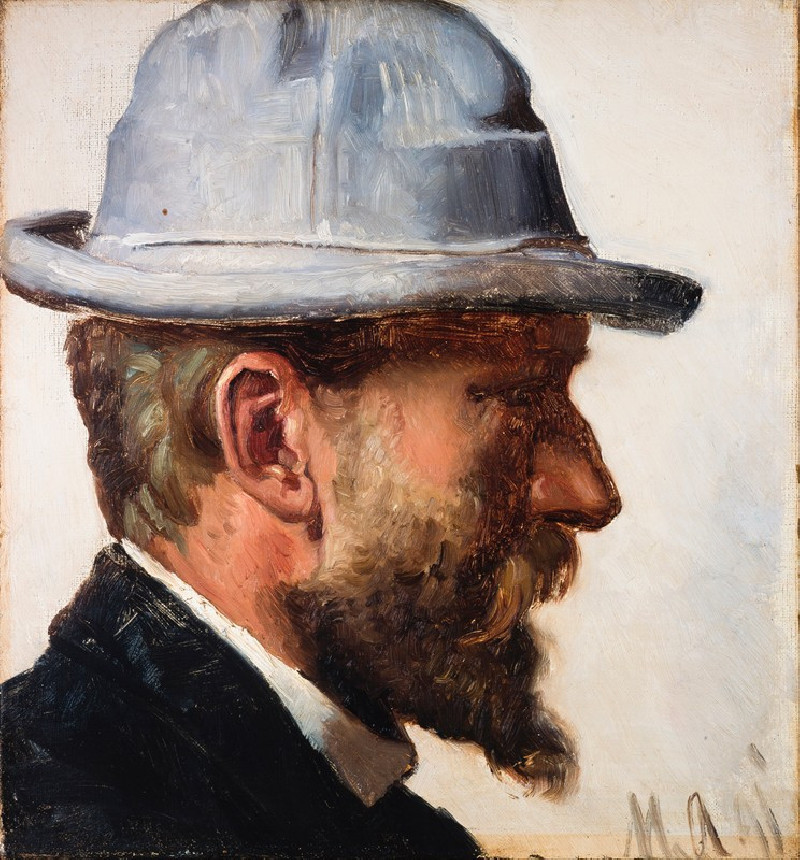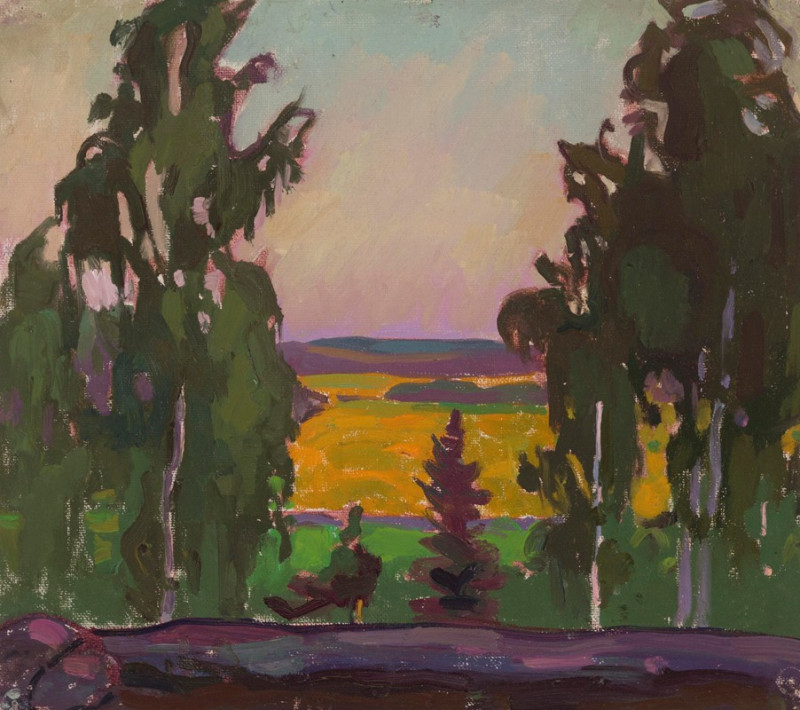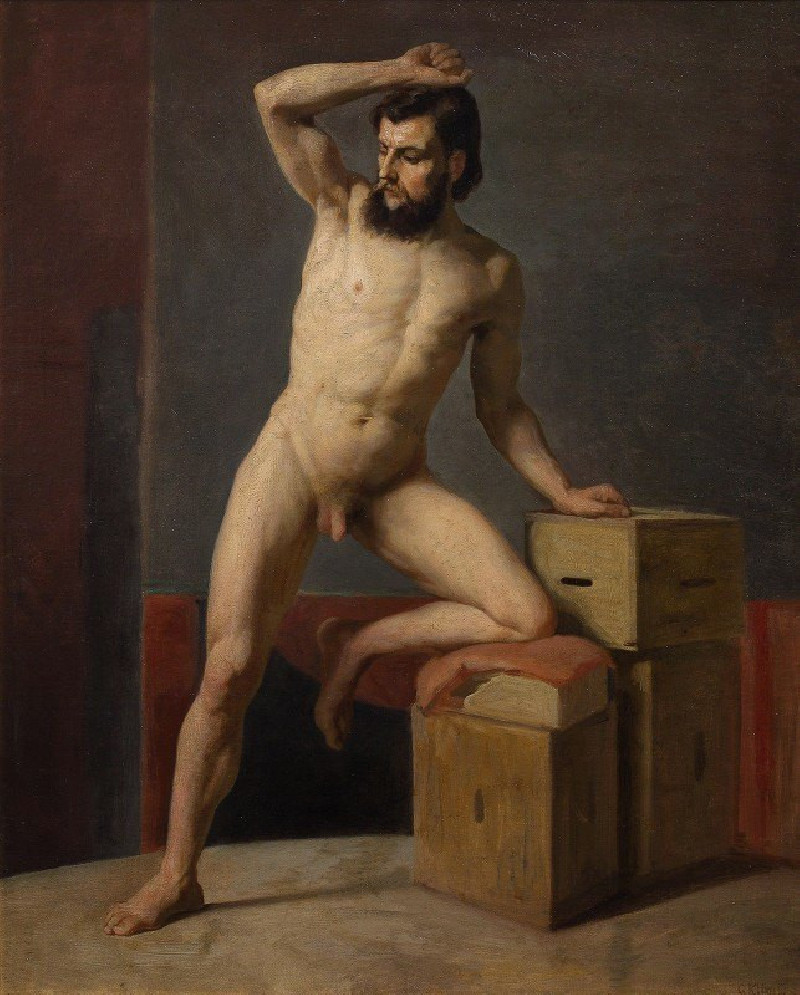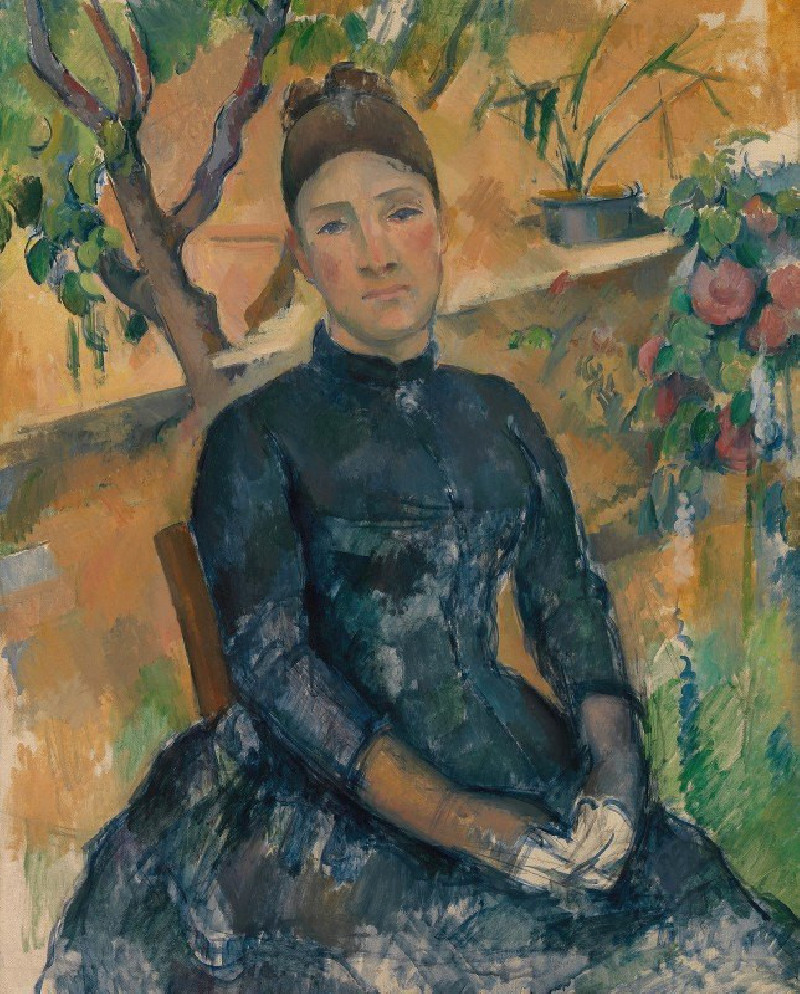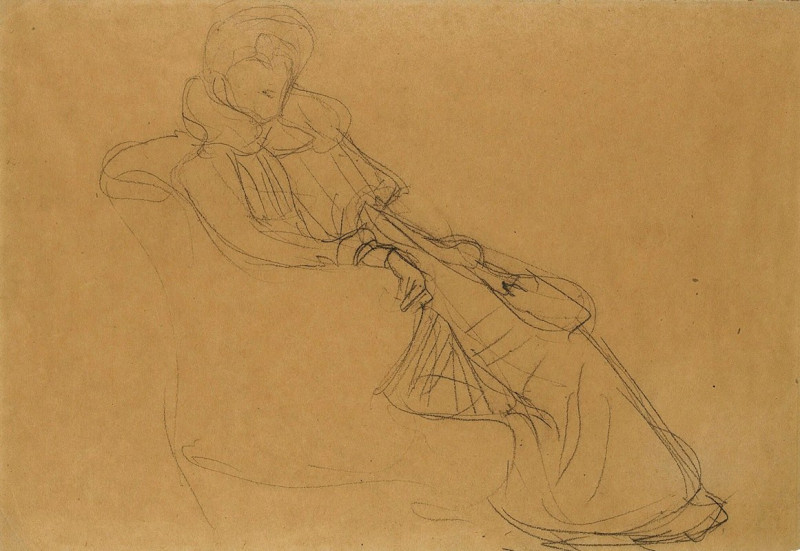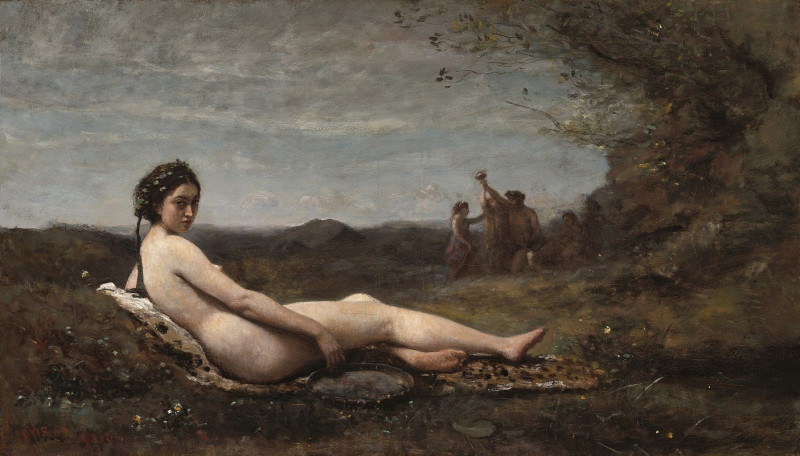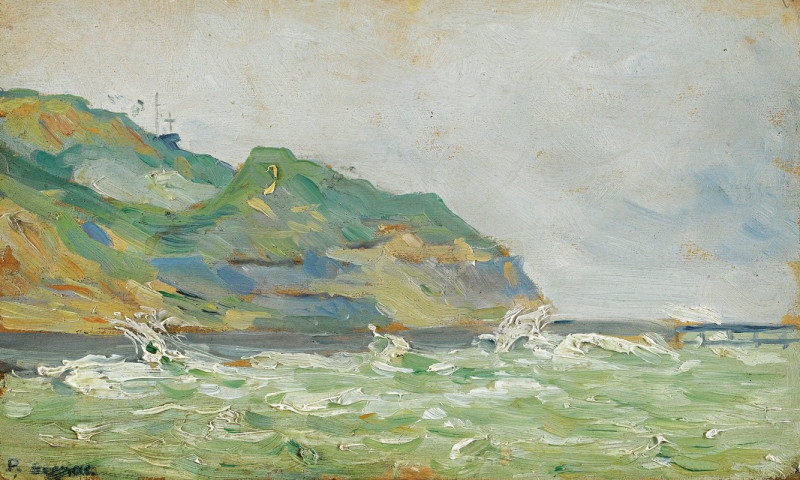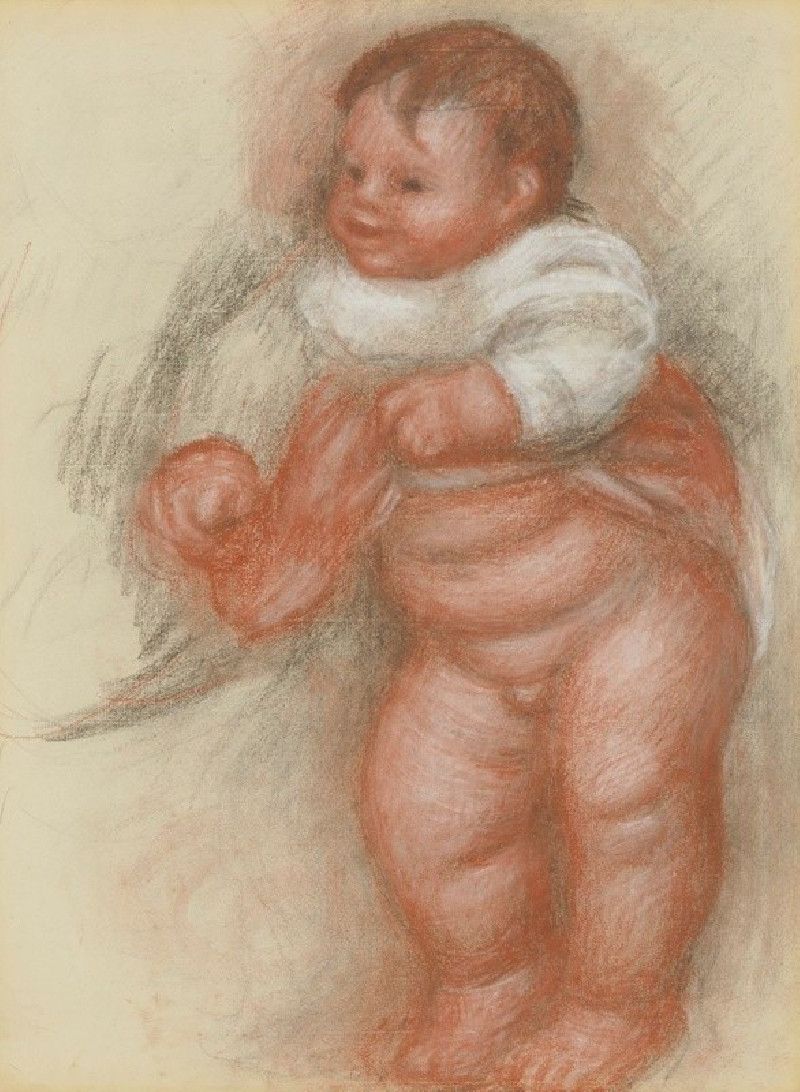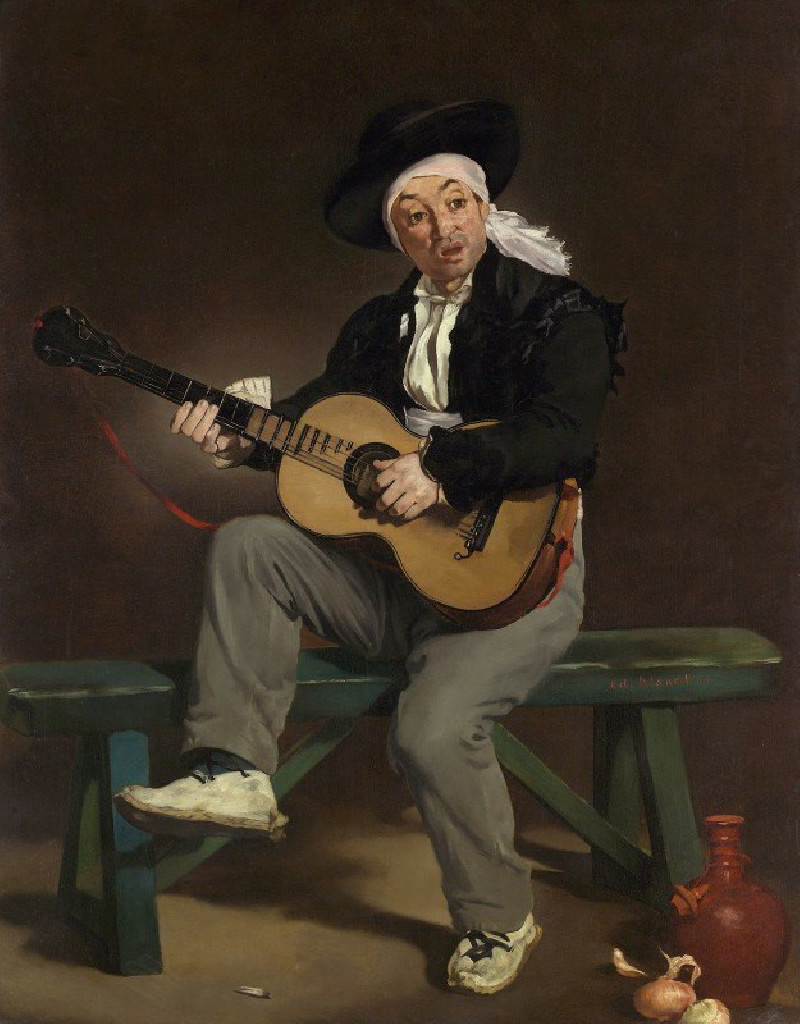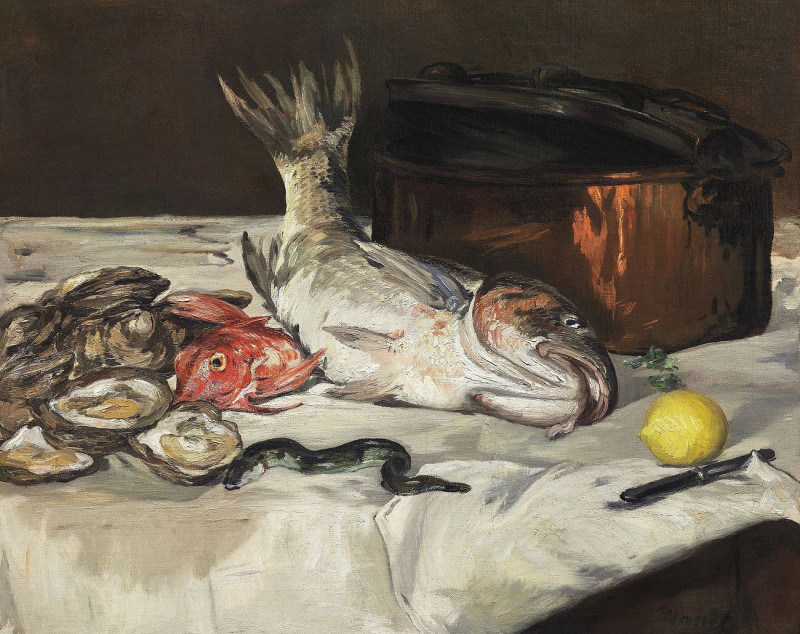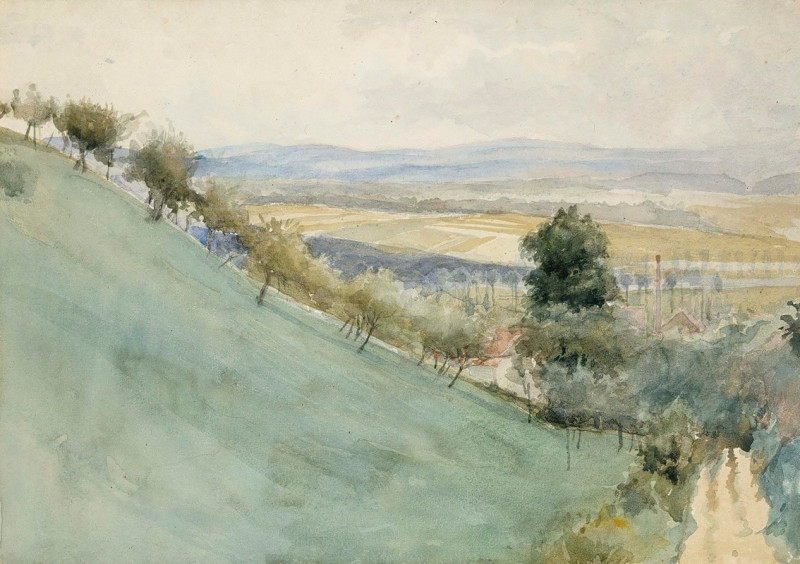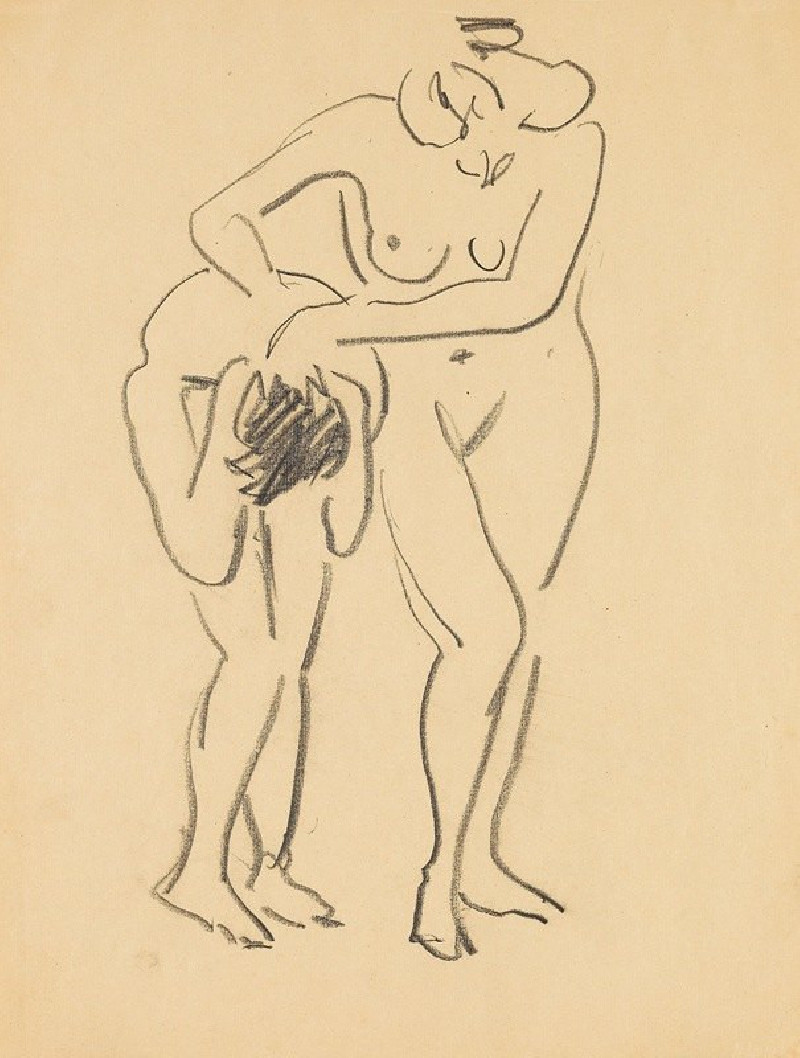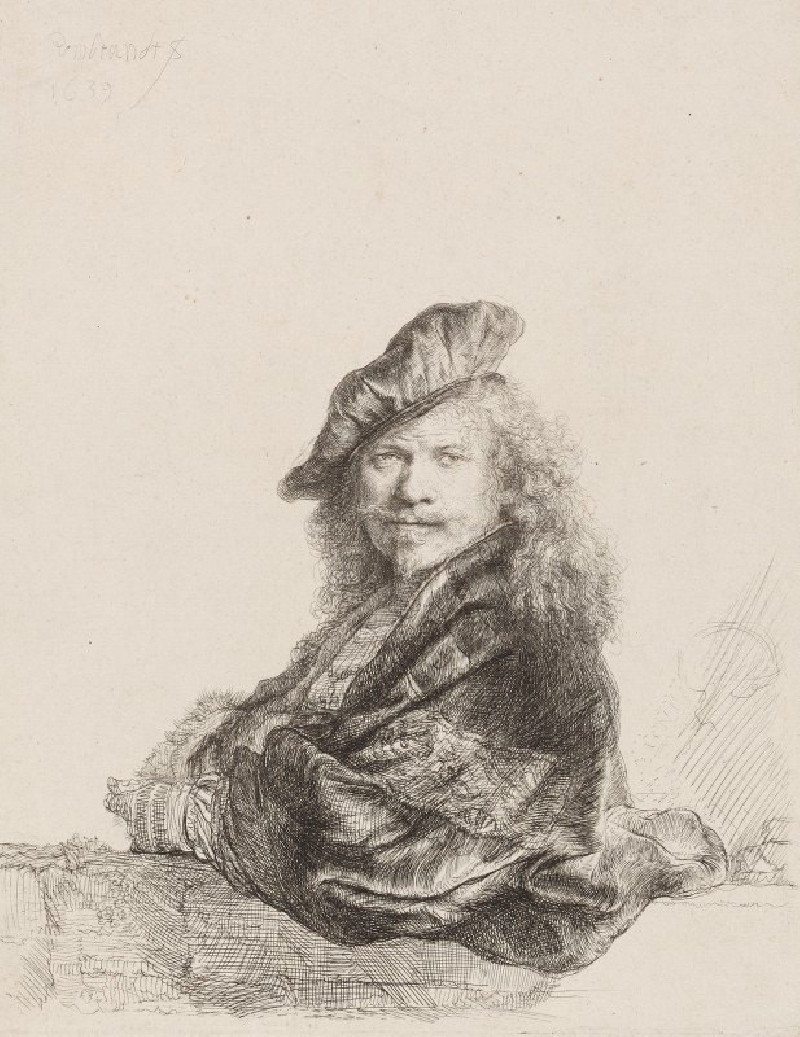männlicher Akt VI (1925)
Technique: Giclée quality print
Recommended by our customers
More about this artwork
Karl Wiener’s painting “männlicher Akt VI” stands as a serene exploration of the male form, characterized by its candid portrayal and subtle nuances of color and light. Created in 1925, this artwork captures a male figure in a calm, standing pose, offering viewers a contemplative reflection on human anatomy and the grace of simplicity in art.The figure in the painting is depicted with a gentle precision, highlighting Wiener’s skillful grasp of human musculature and form. The color palette is soft, primarily using shades of light brown and beige, imbuing the piece with a warm, almost ethereal quality that contrasts beautifully against the minimalist background. The subject is centered on the canvas, engaging directly with the audience through the artist’s careful composition, despite the absence of facial details which adds a universal quality to the figure.“männlicher Akt VI” is a powerful example of modernist art that invites interpretations around themes of vulnerability, identity, and the natural beauty of the human body.
































